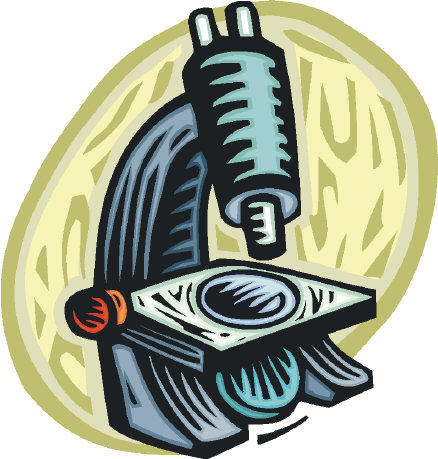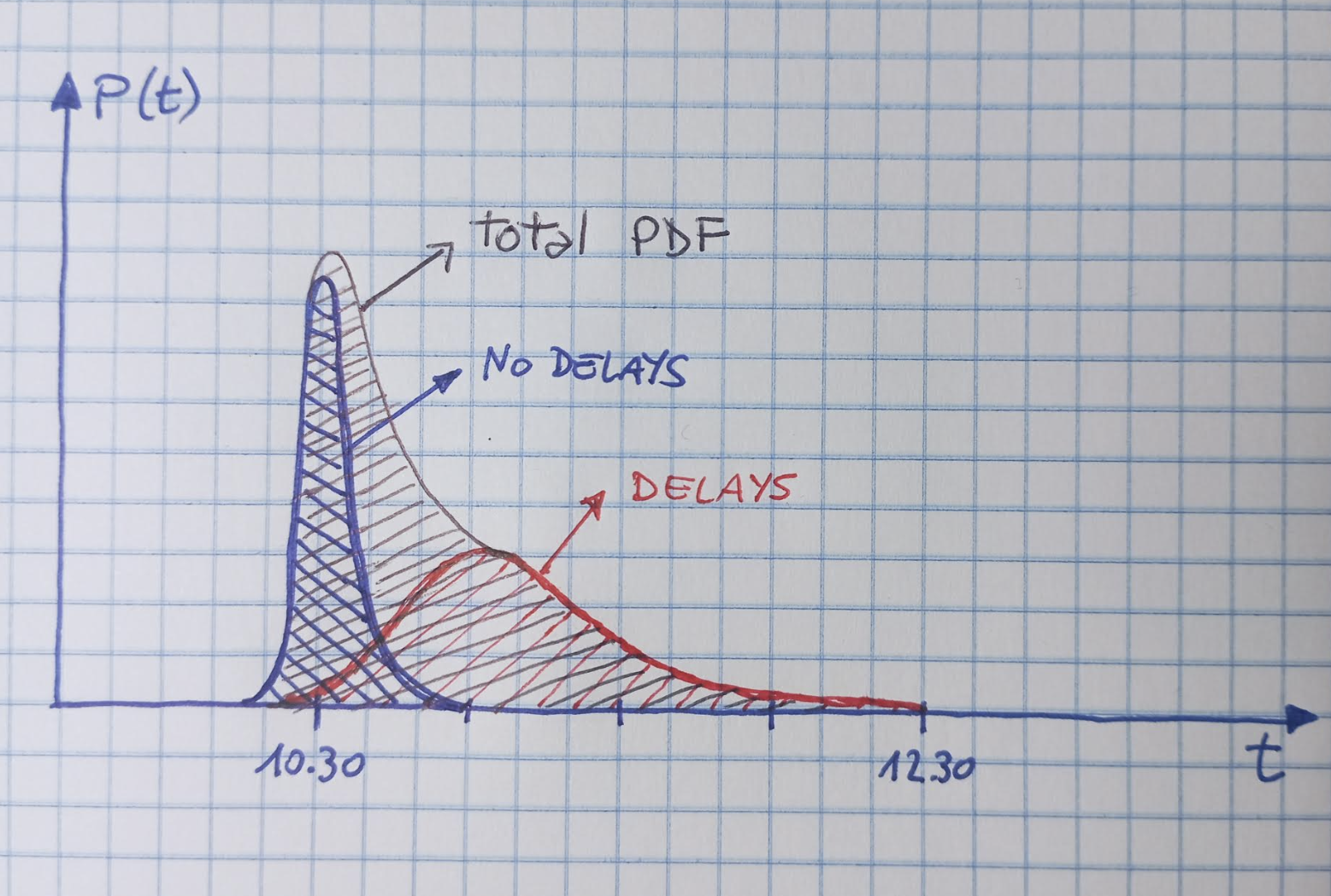For this instance of my "Guess the plot" series I wish to go back to the basics. So I picked a graph which allows me to illustrate a general concept, something about particle physics (but we could say physics in general, and actually extending to other exact sciences) which is a source of endless awe for me: the fact that some functions exist, in the infinite-dimensional space of all real functions of a real variable, which describe some specific feature of our world.
Apologizing with those of you who feel they have had too little particle physics this week, I am reporting today after a longish pause on a new search performed by the CMS experiment, one which has some interesting features, at least to me.
Warning: this post contains no physics whatsoever, although some of you might still be interested in reading it...

Relaxing in the hideaway of Elafonisos (see picture on the left) I am led to take a detached look at my work activities, and to try and determine whether I am doing some mistake here and there.
Blogging will be non-existent for three days, and please do not expect me to answer your comments in the various threads -I am going to be on a ship carrying me to Greece, and, God bless it, there is no Internet!
I am happy to read from a message by our publication board chair that CMS has reached the important goal of publishing 100 scientific papers. The majority of these are analyses of collision data (75); 24 more are from studies performed on the three billion cosmic-ray events taken during commissioning; and one is the CMS detector paper description.
I thought I'd share this news with you... I think this is a good start, but of course I expect we will soon reach 1000 papers. It should take us of the order of 10 years.
Another thought is that, CMS being a collaboration of O(3000) scientists, each of us can claim a share of 0.03 papers so far... A sobering thought!
I like to think at this blog as a place where both full outsiders and highly knowledgeable insiders coexist and exchange information. I know I often err on the side of producing posts which are unintelligible to most outsiders, but at least you have to acknowledge that I try hard to make my pieces at least accessible in their introductory part. Anyway, this is a preamble to say that today I am happy to be able to post a quite nice analogy for outsiders, one which will hopefully explain why we high-energy experimentalists are equally thrilled at the prospects of finding a Higgs boson, or not finding one!
 The Problem With Peer Review
The Problem With Peer Review Interna
Interna The Probability Density Function: A Known Unknown
The Probability Density Function: A Known Unknown Summer Lectures In AI
Summer Lectures In AI 





 Relaxing in the hideaway of Elafonisos (see picture on the left) I am led to take a detached look at my work activities, and to try and determine whether I am doing some mistake here and there.
Relaxing in the hideaway of Elafonisos (see picture on the left) I am led to take a detached look at my work activities, and to try and determine whether I am doing some mistake here and there.


